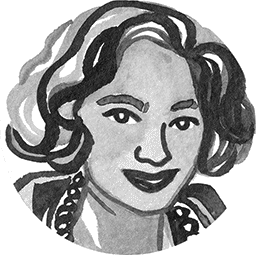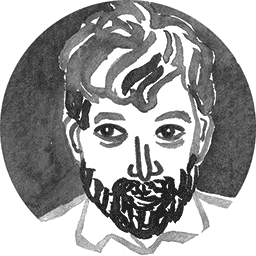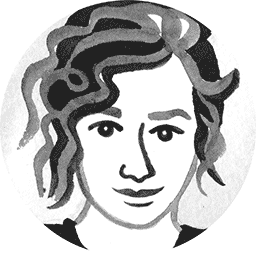A Measure of Inclusion
As digital services evolve, marginalized residents stand to lose the most. Erik Schwartz shows how the UK’s Government Digital Service works to ensure that doesn’t happen.
A publication about transforming government with digital tools & design thinking.

Every civic technology uses a unique metric to prove its value, but what metrics transcend individual projects? What elements should we measure or employ regardless of the technologies under consideration?
As digital services evolve, marginalized residents stand to lose the most. Erik Schwartz shows how the UK’s Government Digital Service works to ensure that doesn’t happen.
Civic tech is experiencing a time of unparalleled growth. How might the public become involved in issues that involve both politics and technology? Andrew Schrock has an idea.
Open data is not enough. Usable interfaces are not enough. In order to engage citizens as active participants in the co-creation of their government, civic designers must build community and capacity.
How can we make civic technology more participatory? How do we create environments in which it can thrive? Diana Nucera shares insights from her work with the Detroit Digital Justice Coalition.
Greg Bloom says the work of civic design begins precisely where O’Reilly’s government as platform ends. He’s begun to think of community itself as the platform.
AIGA’s Election Design Fellows program was conceived to foster the partnerships necessary to produce well designed election materials. In this article, Jessica Hewitt shares takeaways from the program’s formative years.
Both private- and public-sector organizations are using design thinking to solve increasingly complex problems. How might they make their design processes more accessible to a wider audience?
Citizens often bear the burden of public services that weren’t designed with their experience in mind. If civic designers are ever going to improve these services, Chelsea Mauldin believes we’ll need to engage both citizens and civil servants alike in their creation.
Industry vetted user-centered designers making a transition to public sector projects must consider our craft in a new light: relative to government’s traditional means of knowing people. Andrea Moed compares and contrasts the two.
The next phase of the digital revolution will be defined by products and services that facilitate shared understanding, allowing concerted participation around complex issues. In working to show the way, civic designers will need to call upon the powers of systems research, design research, social science, and open data.
The design community has become fairly adept at bringing the perspective of users into the creative process, but that didn’t stop Smart Chicago’s Dan O’Neil from devising a whole new way.
The second issue of Civic Quarterly asks how designers might better facilitate interactions that are simultaneously more humane and less isolating. Editorial Director Andrew Maier discusses how community is at the heart of what we do.
Feeling overwhelmed? The editors at Civic Quarterly invite you to take our best advice for improving your life, civic or otherwise.
Inspired by themes heard during the 2014 Code for America Summit, our second issue asks how designers might better facilitate interactions that are simultaneously more humane and less isolating; interactions that not only meet people where they’re at, but also give citizens a sense of shared purpose.
Read the letter from the editor Andrea Moed
OpenOakland
Andrea Moed
OpenOakland
 Andrew Schrock
University of Southern Califonia
Andrew Schrock
University of Southern Califonia
 Chelsea Mauldin
Public Policy Lab
Chelsea Mauldin
Public Policy Lab
 Erik Schwartz
Code for America
Erik Schwartz
Code for America
 Diana Nucera
Allied Media Projects
Diana Nucera
Allied Media Projects
 Greg Bloom
Open Referral Initiative
Greg Bloom
Open Referral Initiative
 Jacqueline Wallace
Independent
Jacqueline Wallace
Independent
 Jessica Hewitt
Design for Democracy
Jessica Hewitt
Design for Democracy
 Chappell Ellison
Editor
Chappell Ellison
Editor
 Arthur Johnstone
Illustrator
Arthur Johnstone
Illustrator
